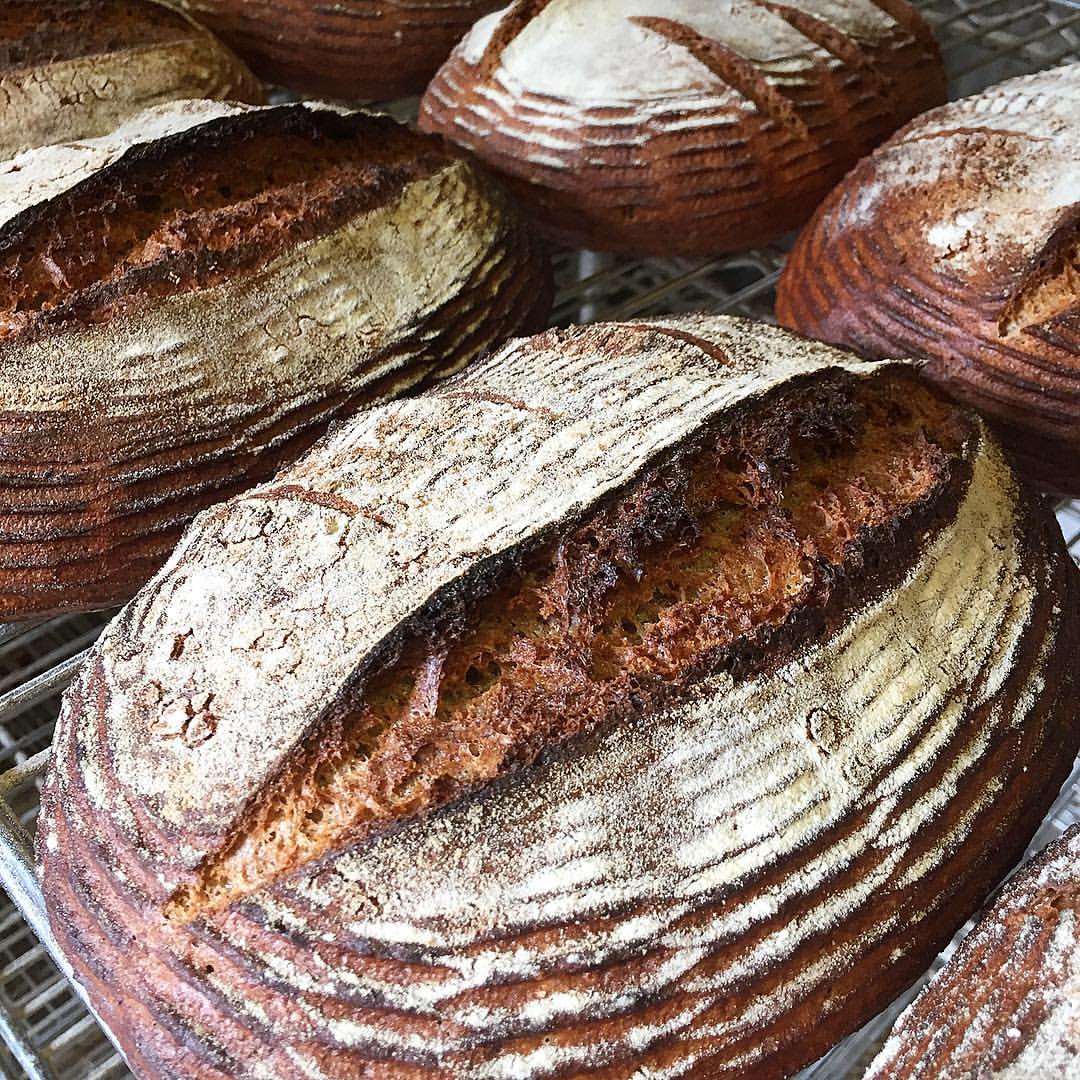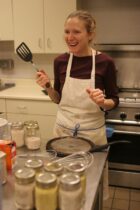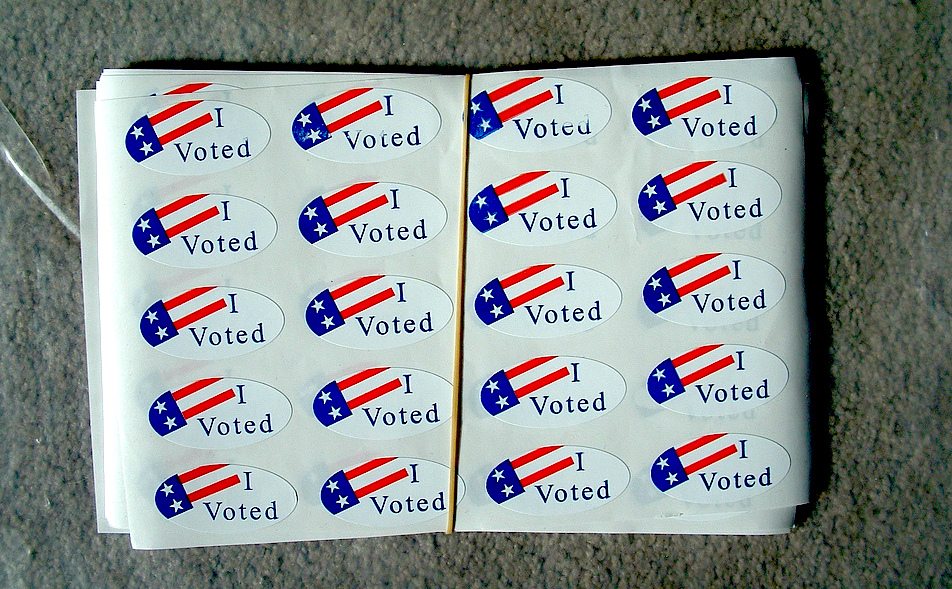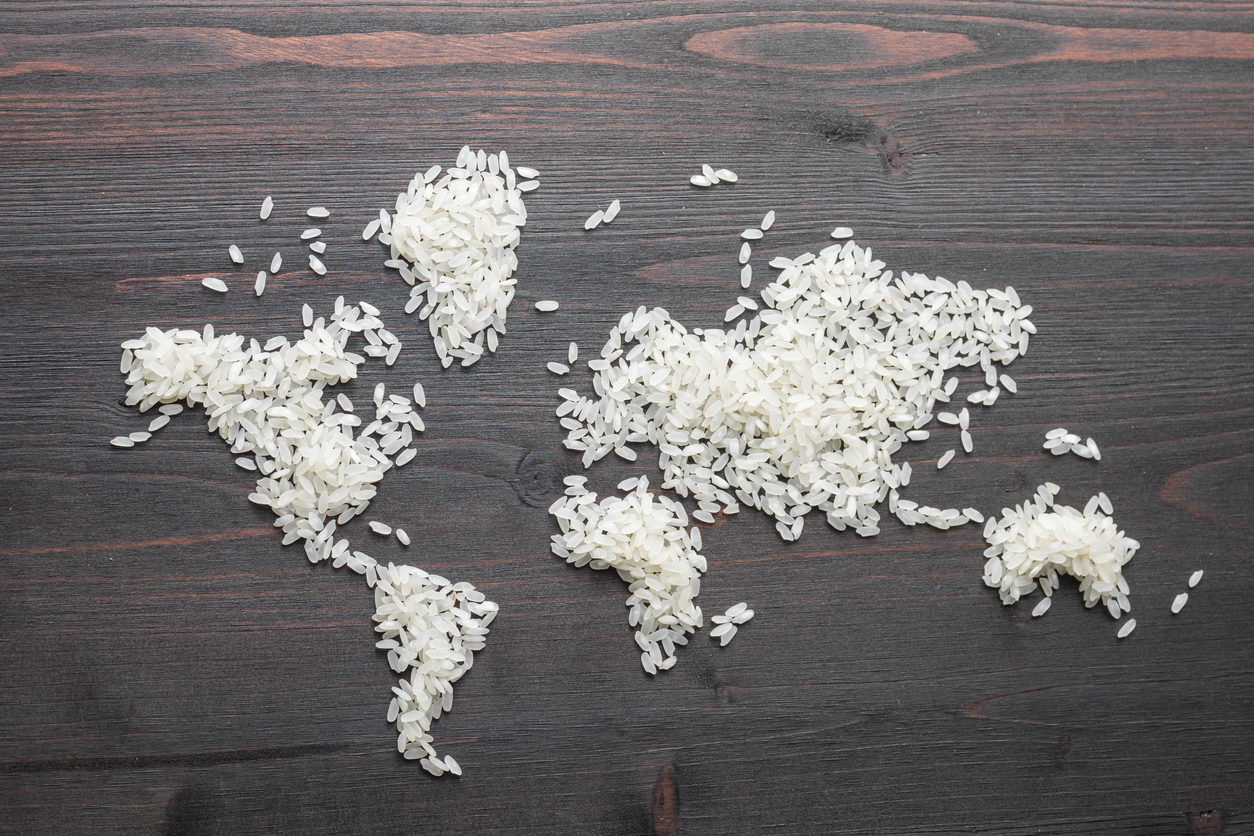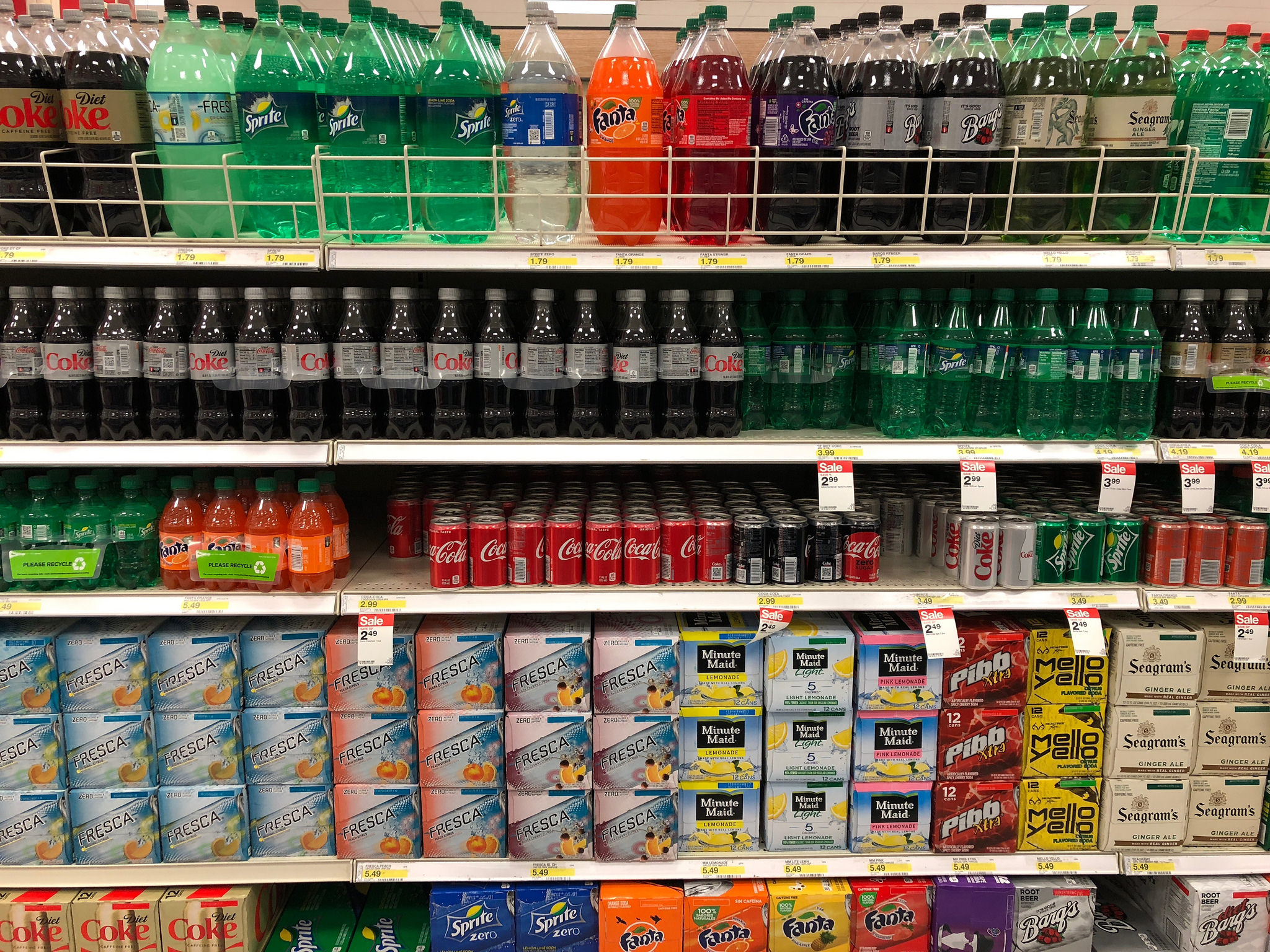Alternative food production has a capital conundrum.
When Ellen King decided to open a bakery, Hewn Bread in Evanston, Illinois, she thought she’d have no trouble finding local flour in the breadbasket. But the bulk of the bakery’s flour comes from Central Milling in Utah, which supplies artisan bakeries around the country.
King had to cultivate relationships with people who were planting and milling heritage grains on a small scale. One of them, Janie’s Farm, an organic island in a sea of corn and soy, is opening a large mill that will allow her to locally source 2000 pounds of flour a week.
The baker’s inability to make a local loaf shows how much has to change from field to table—seeds, crop knowledge, infrastructure, distribution circuits, and dollars. In order to vote with your fork, you’ve got to walk all the way back to the bank.
That’s right, the bank. Because new food systems require new models of farm finance. And for decades, traditional funding sources (loans, real estate investments, grants) have infused conventional, large-scale commercial farming with capital, to the detriment of emerging alternative agriculture projects—projects, it must be said, that are a direct response to increased consumer demand for food of known origin.
Potato gruyere brioche is a Hewn specialty. The bakery also makes hand forged artisan bread, which, from the start of the mix to the bake, is fermented approximately 20 hours.
“If I wanted to go buy a car wash, the bank would know about car washes and they’d be able to finance me,” said Sarah Smith of buying her farm in Maine, her tone copycatting the frustration farmer Anna Jones-Crabtree relayed as she tried to say how tough it was to buy Vilicus Farms, her first-generation, organic, dryland crop farm in Northern Hill County, Montana:
“We could have gone to buy a house on a coast that was suspect to climate change and no one would have blinked an eye,” she said.
The struggles farmers face in securing funding are not just about financial structures’ inability to understand non-conventional farms, but also about farmers being able to convey the nature of their work. That’s why alternative food production requires new money types who can help backload the proverbial fork.
From Vilicus Farms’ Facebook page: “Winston, surveying some of our new organic acreage. We’re thrilled to be bringing 550 more acres into organic production this season!”
Iroquois Valley’s origin story is suffused with Miller’s personal desire to protect a particular farm—the small one he purchased from his uncle’s estate in 2005. Because of his career in real estate investing, Miller’s purchase became a springboard for rethinking capital, and a platform to link wealth with soil health.
The ownership and governance structure make Iroquois Valley unique: it is operated as a company—not a private equity fund, limited partnership, network of angel investors, nonprofit organization, or farmland brokerage company. While other funds pick up farmland, Iroquois focuses on mid-sized farms and designs its purchases and programs to support sustainable agriculture. The vision was to use the convention of leasing farmland to subsidize unconventional practices, and dig into the economics of ecological farming.
A farm transitioning to organic, for instance, provides a good example of what some of those economics look like (quite literally) on the ground: For a three-year period, transitioning farms can’t capture the premium prices organics fetch over commodity crops. For that entire time, land has to be farmed without chemicals, which means a yield hit, because transitioning soil from a conventional system is like drug withdrawal. The farm and the farmer need to figure out performance in a new mode, encountering further expense in using alternate methods to combat weeds and pests. Despite the proven profitability of organics, the financial challenges of this transition phase is hard for farmers to buy. Iroquois Valley will lower the interest or lease rate for the transition years. This is a novelty on the farm finance menu.
Investments are highly regulated by the SEC, and historically Iroquois Valley has been restricted to investments from “accredited” investors, meaning those with a net worth of at least a million dollars, excluding their primary residence. But the company converted to a Real Estate Investment Trust in January of 2017, which is the first step in changing the characteristics of who can invest.
“We want everyone to be able to invest in change, and this creates an opportunity for many people, including millennials,” says Miller. This structure is also more tax efficient for the company, and scalable.
Now, the fund has 300 investors in nearly 40 states, and investments in 13 states, and Iroquois Valley is integrating investors on a national level.
“We are teaching investors how they can use their IRA’s to support sustainable agriculture, and democratizing investment,” Miller says.
Another new offering is Soil Restoration Notes. These “CD-like” investments court responsible short-term investment, and help Iroquois Valley do more of what it does: make loans, lower the lease rate for growers during those transition years, and otherwise buffer the invisible costs of alternative food production.
Jones-Crabtree of Vilicus Farms is keenly aware of those invisibilities, such as pollinator habitat. Taking land out of production and putting it into habitat benefits an ecosystem. Food companies can tag this on their labeling, but in general, the farmer absorbs the price of such practices.
Vilicus Farms owners Anna Jones-Crabtree and Doug Crabtree discuss soil health with U.S. Department of Agriculture (USDA) Natural Resource Conservation Service (NRCS) Soil Conservationist Amy Kaiser in Havre, MT.
“This is not just about growing food, but how you steward land. You can’t use the conventional supply chain model to support sustainable agriculture,” says Jones-Crabtree, who farms 5600 acres with her husband Doug Crabtree. Vilicus Farms leases 320 acres from Iroquois Valley and sees the business as sharing the responsibilities of stewardship, and the work of reinventing a food system beyond the performance metrics of monocropping.
Within alternative farming support systems, Iroquois Valley Farms funding is also recognized as an asset.
“To get scale and momentum in alternative ag, we need a fiduciary party like IVF,” says Tera Johnson, who founded and directs the Food Finance Institute at the University of Wisconsin-Extension. She trains people to advise others in the business storytelling side of sustainable agriculture, helping to create such documents as enterprise budgets, cash flow charts, and business plans that reflect farm and food producers’ realities in terms that lenders understand.
Of Iroquois Valley’s added cred for alternative ag projects seeking new funding, Johnson says: “They have the potential to unlock a lot more capital.”
 Flickr / USDA NRCS
Flickr / USDA NRCS Patches of flowers attract pollinators to Vilicus Farms in Havre, MT. The flower patches aid in the pollination of the crops on the farm.
And Iroquois Valley crossed another milestone with the Wilken’s in 2013, when Harold’s son Ross became the first farmer to buy land, a 61-acre parcel, from the company. The lands rotate through a variety of specialty grain and bean crops that are sold on the organic market. The next project has been buying and building a mill to capture more of the value of those crops. Once online, the Mill at Janie’s Farm will be able to grind 1000 pounds an hour, depending on demand.
The Wilken family is a model of migration to the very foreign land of organics. As crop prices put profits in jeopardy, conventional farmers in the Midwest are giving organics more than the hairy eyeball, and showing up at events at Janie’s Farm to learn what it might take to do something different.
Wilken is familiar with the dynamics that interfere with the switch. There’s heavy peer pressure: don’t underestimate the difficulty of tending scrappy looking fields as you stop using chemical controls. And consider the fact that university and land grant farm training has revolved around commercial seed dealers and fertilizer companies for generations.
“That’s what’s been driving agriculture. The banker went to the same ag finance class as a farmer,” says Wilken, so everybody knows only that way to farm. If a farmer comes to a bank with documents predicting no income for two years during an organic transition, bankers turn the plan away. The biggest return on the land from a commodity perspective is yield and profit, not the health of the soil, so the investment is invisible in conventional financing. This perspective, Wilken says, is so thoroughly entrenched that, “I would not go into a conventional farm and say I want to rent your land. The landowner needs to believe in it as much as I do.”
Commitment and understanding matter—emotionally, intellectually, and practically—because the money and the farmer are collaborating on something tangible, and very place-based. Wilken can’t take the soil he’s cultivated and put it on another piece of land. That’s why Iroquois Valley Farms impresses him, and figures into the local loaves of bread that Chicago bakers will soon be able to bake.
“They helped us build our land base and we have first right to buy it if we want to own it,” says Wilken. “It’s awesome. You don’t have to worry about someone selling off once you’ve invested so much sweat equity.”
The bulk of the financing available to farms understands big industrial models, and can’t meet the demands of emerging markets as food is relocalizing. Processing cheese, milk, meat, and grains means rebuilding lots of infrastructure, and capital that’s more flexible than what’s currently on offer to farmers and food producers.
In Maine, Sam May and Scott Budde are developing a credit union to help capture and deliver an estimated $90 million need to the farm and food sector in the state.
“My idea came from interacting with the Slow Money Maine network,” says May, who worked as an analyst on Wall Street, Hong Kong, Silicon Valley, covering technology. He also grew up in Maine and always maintained a connection to agriculture.
This thought dovetailed with Budde’s obsession: why wasn’t there a financial institution specializing in small food production and farms? This wonder struck him as he was managing social investment programs for financial services organization TIAA Cref.
The two considered various options—banks, loan funds, credit unions—and started doing their homework. Credit unions and loan funds seemed more attractive than starting a bank, which requires too much start-up capital, and doesn’t have as much flexibility in its lending in the post-recession regulatory environment.
In 2014, May and Budde put together the Maine Food System Credit Project, a formal inquiry that interviewed 36 farmers on their farms for two to three hours each. Their questions were geared to create complex portraits of each farm’s challenges and needs, and the inquiry also sought to discover whether what the state needed was a loan-fund-style answer, or a credit union. After concluding that some loan funds geared to these opportunities already existed in Maine, the credit union became the target.
Sarah Smith, of Grassland Organic Farm was interviewed, and is excited about the prospect.
Sarah Smith of Grassland Organic Farm, which produces quality raw milk in glass bottles, a variety of beef cuts, seasonal vegetables, pastured broiler chickens, and eggs from seasonally pastured hens.
“Traditional financing works in square boxes and on farms, that’s not how it is,” says Smith, who bought her farm from her father ten years ago. Funding was available, but even farm-specific lenders like Farm Credit of Maine and the Farm Service Agency have difficulty tailoring each farm’s unique plans and needs to fit the standardized paperwork. For instance, while Smith’s farm and her neighbor’s farm are both dairies, their land bases and soil types differ, as do equipment and farm habits.
Plus, patch-working financing takes time and energy away from farming, and one loan still considers Smith high risk after a decade of paying on time. She knows she’s not alone, by any means, and is glad for the thorough way that Maine Harvest is trying to understand its terrain.
Mission-oriented credit unions do exist, but Maine Harvest is blazing a trail. If May and Budde can sell the concept to philanthropists, it will be the first of its kind devoted to support small-scale farms and food production. The project sees itself as building a conduit that can be replicated elsewhere, a vision that’s key during the fundraising phase. Yes, this food-and-farm-focused credit union will serve Maine, but it will also serve as a model for future institutions.
The democratic nature of a credit union is a logical next step in the national interest in scaling down food systems and making ag small again. These impulses are grassroots, and local, so this and other credit unions create a more participatory style of funding and investment.
Money needs money, just like hope needs hope. Credit unions seek grants from foundations and big investors to establish themselves; Maine Harvest has raised $1.4 million so far: $1 million in-state and $400,000 from beyond Maine. After it secures another million dollars, Maine Harvest will be able to deliver —on an ongoing basis—FDIC-insured capital to enterprises in the state’s fertile local food environment.
“This movement to buy local creates a lot of demand that’s only going to be met if there’s an instrument to finance relocalizing food,” says May. This tool they are creating will allow people to tap into the deposit market for farm- and food-specific loans. Maine Harvest is an undertaking that’s both revolutionary and staid, following a tradition of financial regulation that is 100 years old.
The FDIC insures more than a trillion dollars of American savings against default. This creates a tremendous amount of capital that banks can loan out. Establishing an actual financial institution, rather than loans, opens up a pool that is almost infinite, and all regulated and insured.
This pool will help farmers take consumers up on their invitations to serve local markets.
Miller, May, and Budde are applying career expertise to reconfiguring finance to suit the documented consumer interest in organics, sustainability, and transparency in the food system. They, and the organizations they are creating, are backloading the proverbial fork. (Or maybe it’s better to think of it as the local butter knife and bread and butter financing.) In other words, the practical capital we need to eat near home.
